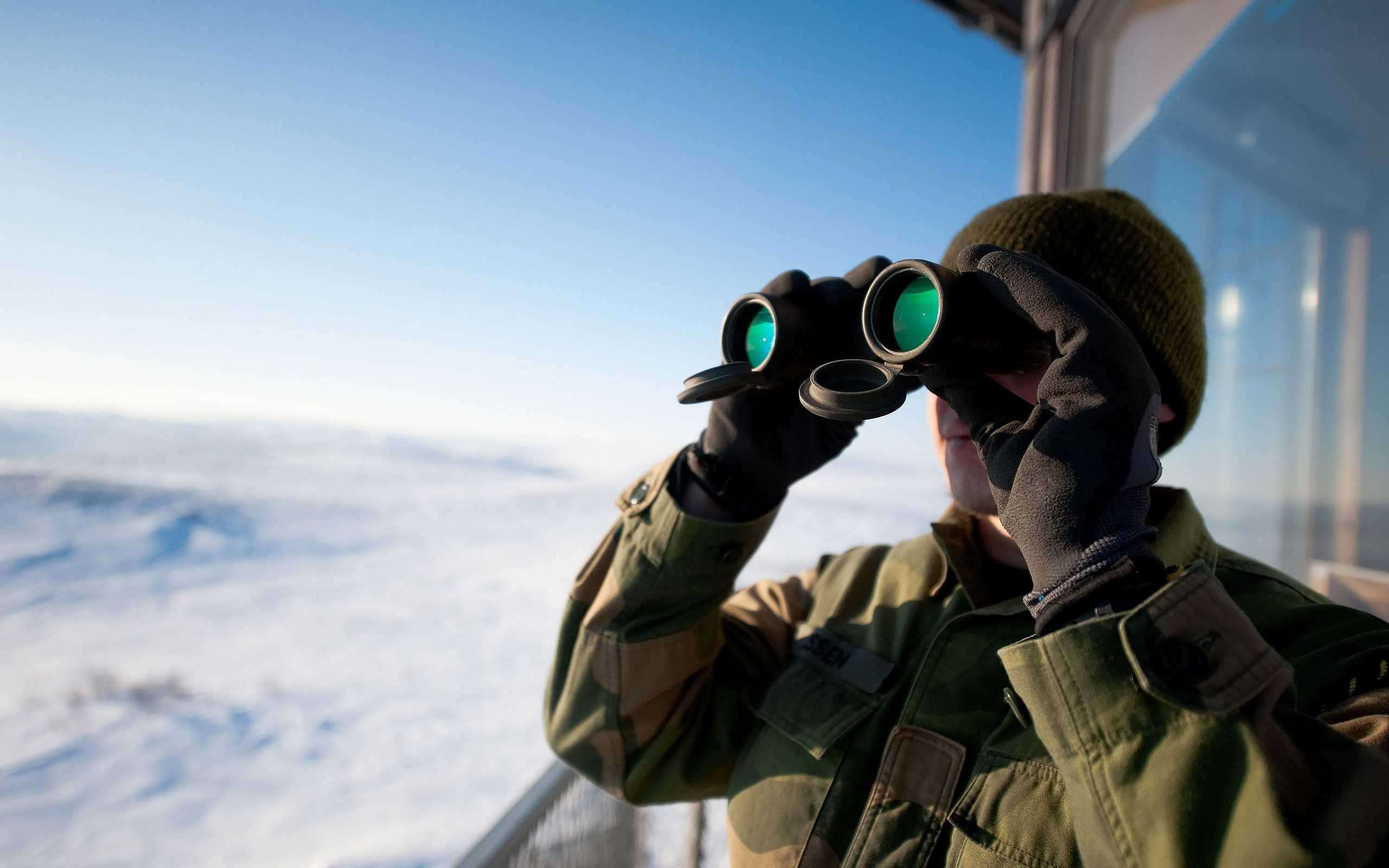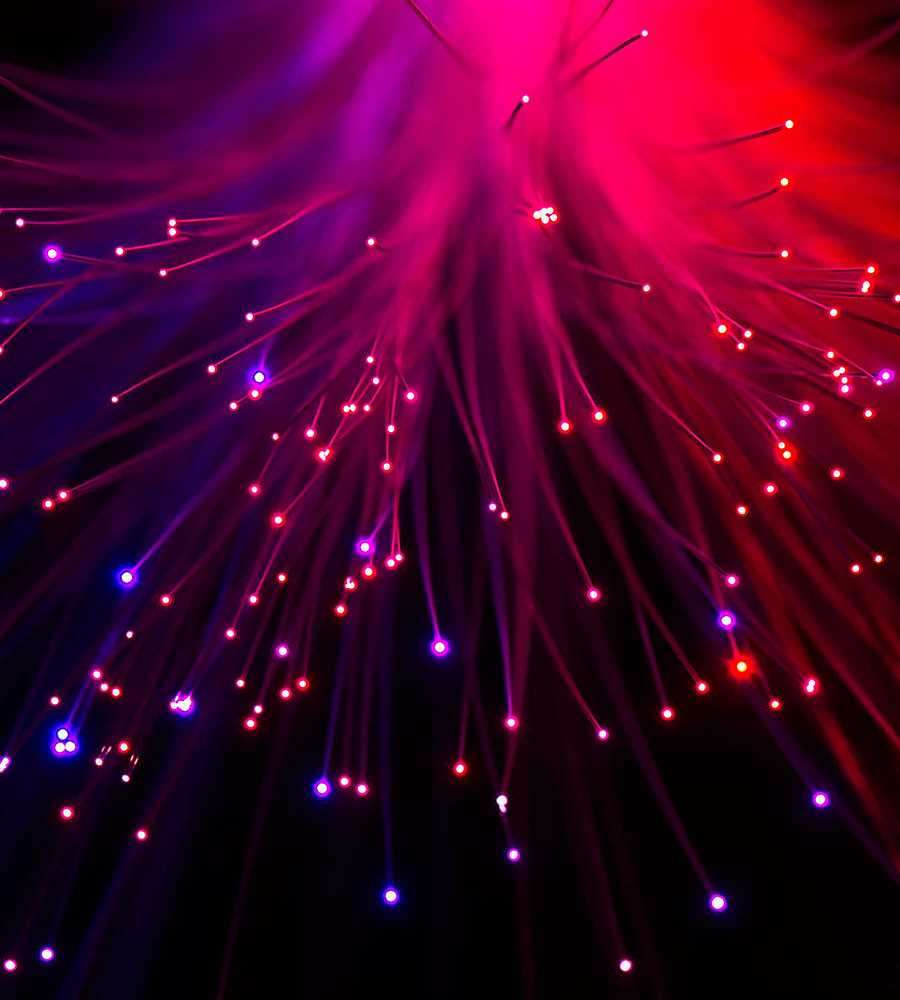CAPTEURS DE SURVEILLANCE INTELLIGENTS
EQZ fournit des solutions de surveillance réparties sur fibre optique (existantes ou nouvellement installées) avec des niveaux élevés de sensibilité et de précision.

LE FONCTIONNEMENT
Notre approche basée sur l'utilisation de la haute vibrosensibilité du flux d'énergie infrarouge injecté dans la fibre optique ordinaire (enfouie dans le sol près de l'objet de surveillance) au moyen d'un laser à semi-conducteur de faible puissance

INDUSTRIE DU PÉTROLE ET DU GAZ
Nous développons et mettons en œuvre des solutions de surveillance complexes pour les sociétés pétrolières et gazières.

CONTRÔLE DE FRONTIERES
Le produit EQZ RELSEN fournit une solution de clôture invisible pour le contrôle et la surveillance des frontières. Enfoui dans le sol elle permet de détecter les passages de manière invisible à l’œil nu

SÉCURITÉ CRITIQUE
DE SITES
RELSEN garantit la résolution spatiale d'au moins 5 mètres lors du processus de détection d'activité ciblée RELSEN peut transférer de manière opérationnelle les coordonnées des activités ciblées au centre d'urgence

INDUSTRIE DES TRANSPORTS
RELSEN fournit des données prêtes à l’emploi pour ses clients, permettant grâce aux informations en temps réel de surveiller et de protéger l'infrastructure ferroviaire.
À propos de nous
Systèmes de surveillance distribués à fibres optiques

EQZ a été constituée en société en 2016 et comprenait des professionnels chevronnés possédant une vaste expérience dans la technologie de détection et la sécurité opérationnelle, l'ingénierie des systèmes, la gestion des produits, la gestion de projet et le service à la clientèle.
Suite à une forte demande pour un nouveau type de solutions de surveillance rentables et commercialement réalisables pour les objets étendus offrant une approche holistique de la sécurité du périmètre, EQZ a développé le produit RELSEN basé sur une approche de détection audio-sismique distribuée (DAS).
Nos produits et services fournissent des solutions pour les industries du gaz et du pétrole, la sécurité des frontières, la sécurité des infrastructures critiques, le transport. EQZ s'engage à maintenir sa position de leader technologique dans l'industrie. Cet objectif est atteint grâce à des investissements substantiels dans des activités de recherche et développement qui permettent l'adaptation des solutions aux nouvelles technologies, applications, normes et réglementations en matière de communication.
Technologie
Fonctionnement

RELSEN
Caractéristiques uniques de RELSEN:
- Détection d'événements "très silencieux" en raison de la sensibilité extrêmement élevée du système.
- Révélation d'événements dans les zones dites « sombres » du capteur grâce à une solution de compensation d'atténuation phénoménale.
- Géolocalisation précise des événements avec une précision jusqu'à 17 cm.
- Classification exacte des événements.

Flux d’énergie infrarouge
Cette fibre optique sera appelée capteur à fibre optique (FOS). La longueur FOS est généralement comprise entre 40 et 50 km. Dans les systèmes de cette classe, toutes les informations pertinentes sont transférées au centre de traitement (PC) par la fibre optique, qui n'est pas seulement un capteur (FOS) mais également un canal efficace et fiable pour la transmission de données ordinaires. Flux d’énergie infrarouge

Images mouchetées
Une séquence de mouchetures est reçue au point d'émanation à l'aide d'un coupleur soudé ordinaire ou d'un circulateur. Le moment central du concept est le phénomène selon lequel toute vibration sismique se produisant à la surface de la fibre optique en raison de la propagation des ondes sismoacoustiques provenant des sources d'oscillations élastiques, change son indice de réfraction local. Les changements de l'indice de réfraction local se reflètent dans la structure temps-fréquence (TFS) du speckle respectif.

L'analyse des données
Exemples de classification:
- Installation ferroviaire: reconnaissance à 98% du type de train (fret, passager, train électrique, locomotive, etc.) dans un délai de 5 secondes.
- Système de surveillance de périmètres: Classe les groupes selon le nombre de piétons avec une probabilité de 99% ; La différence entre les personnes marchant et rampant avec une probabilité de 100%.